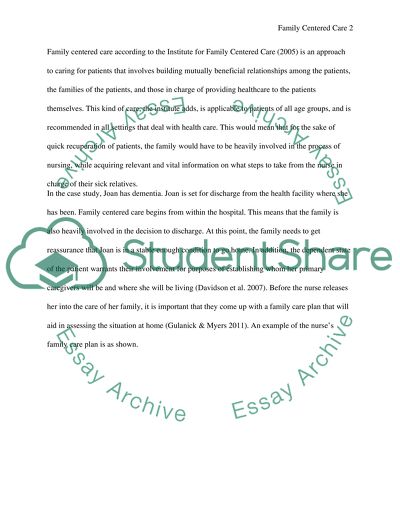Cite this document
(“Family centred care Essay Example | Topics and Well Written Essays - 2250 words”, n.d.)
Retrieved from https://studentshare.org/nursing/1478162-family-centred-care
Retrieved from https://studentshare.org/nursing/1478162-family-centred-care
(Family Centred Care Essay Example | Topics and Well Written Essays - 2250 Words)
https://studentshare.org/nursing/1478162-family-centred-care.
https://studentshare.org/nursing/1478162-family-centred-care.
“Family Centred Care Essay Example | Topics and Well Written Essays - 2250 Words”, n.d. https://studentshare.org/nursing/1478162-family-centred-care.


